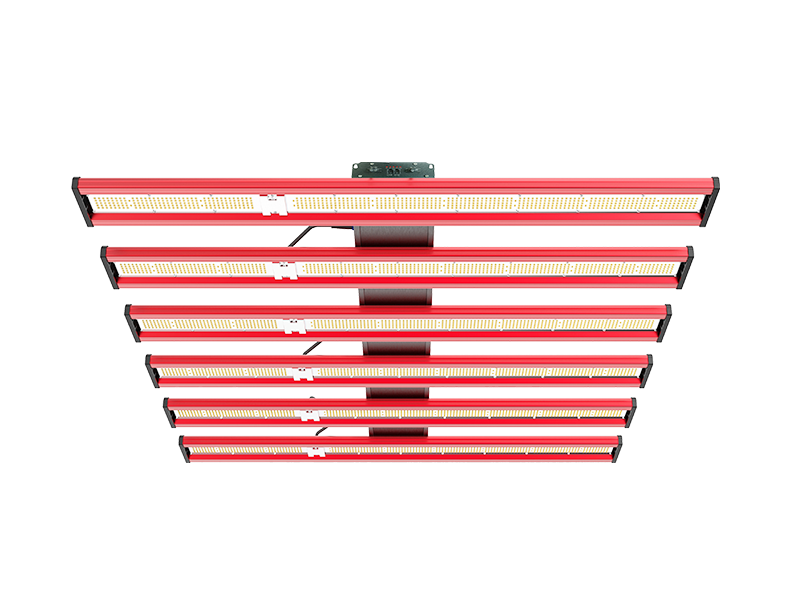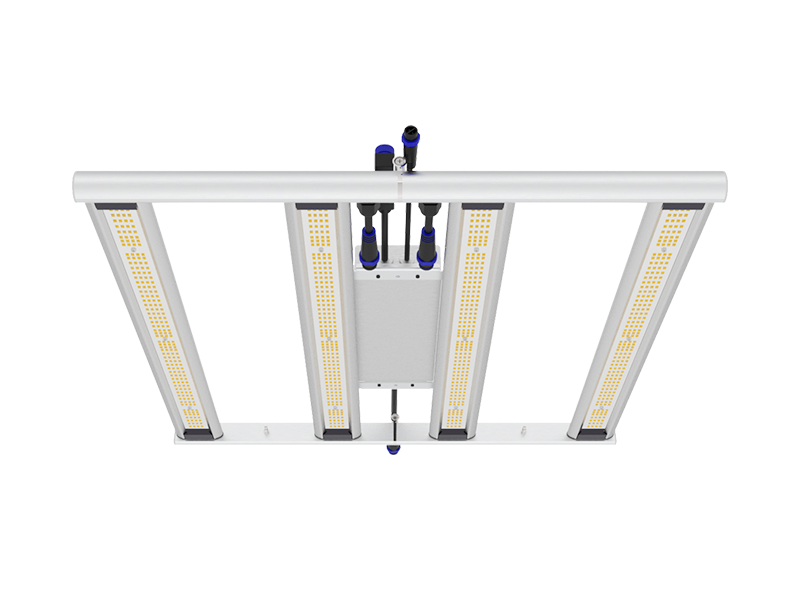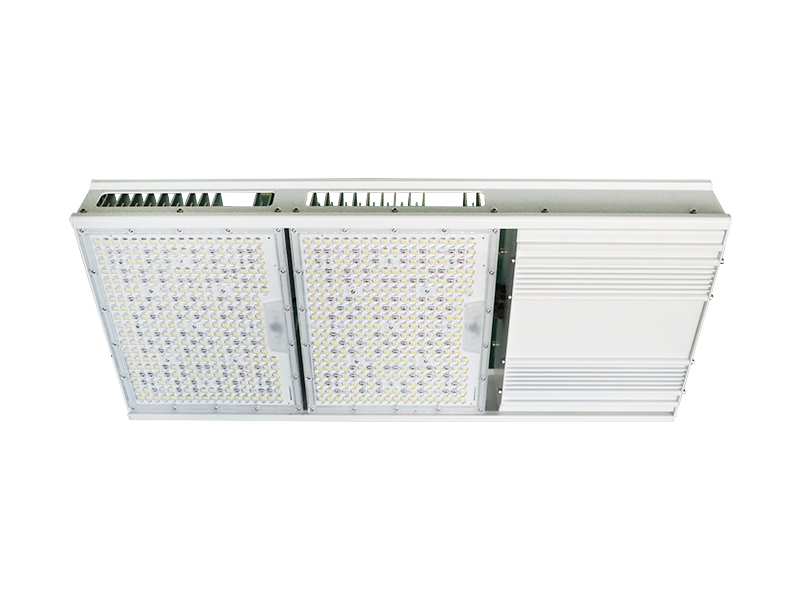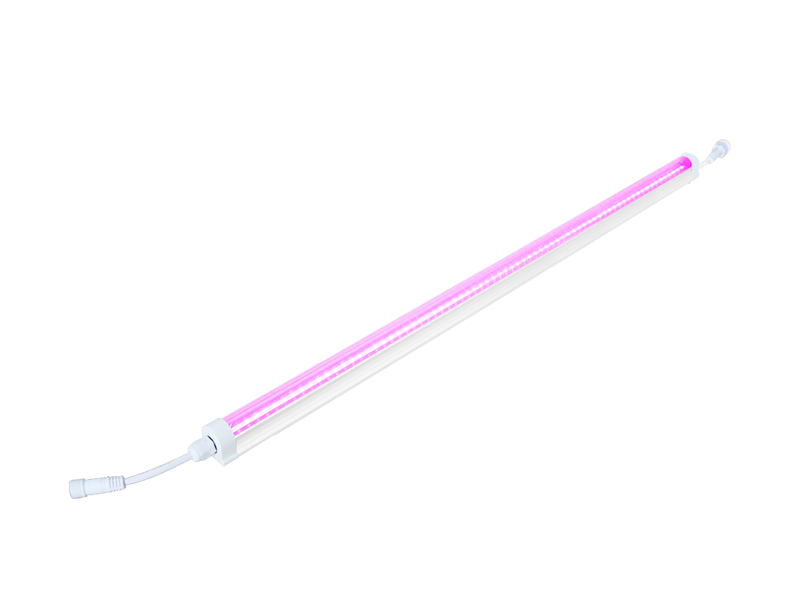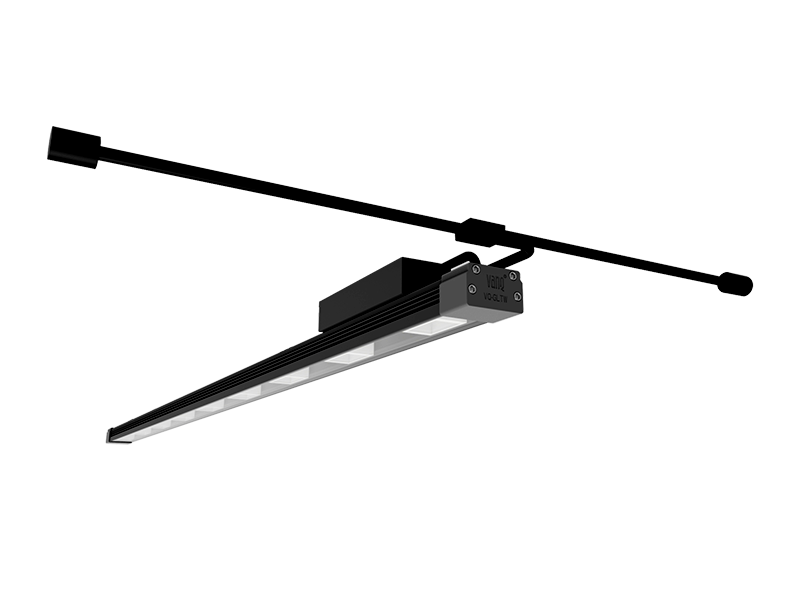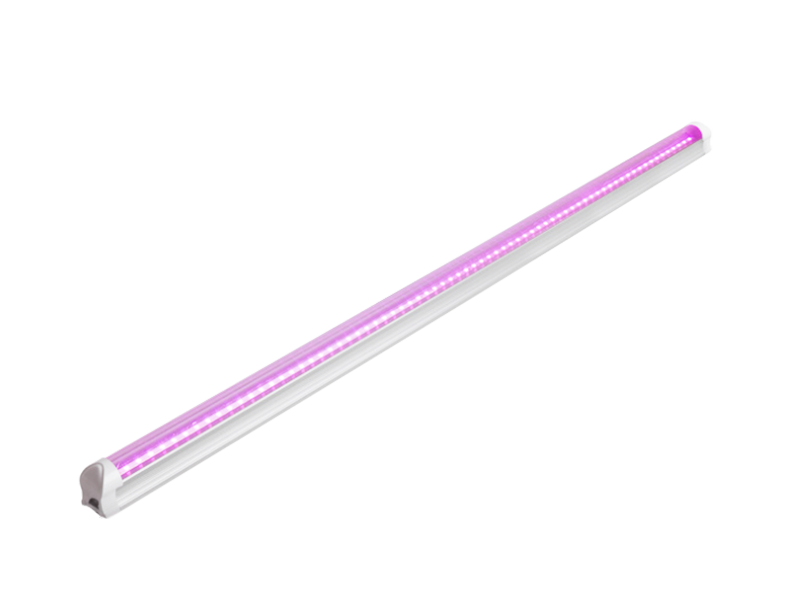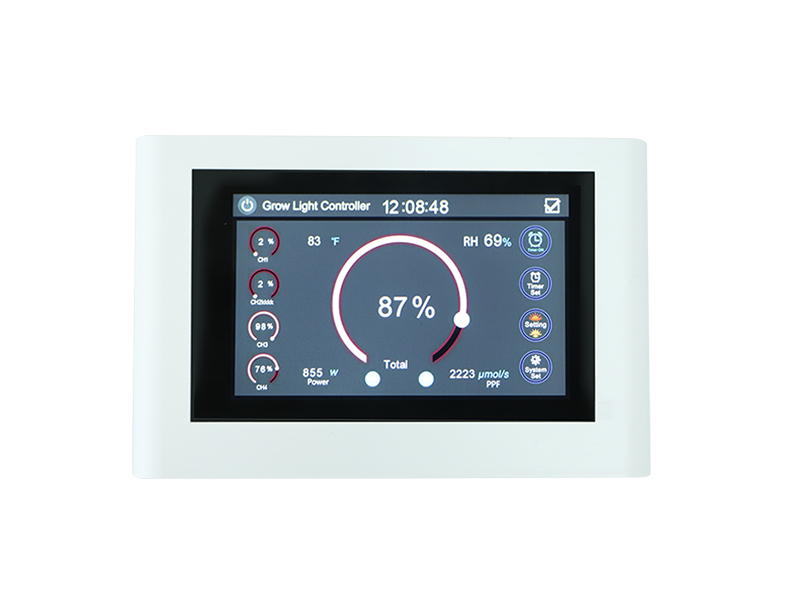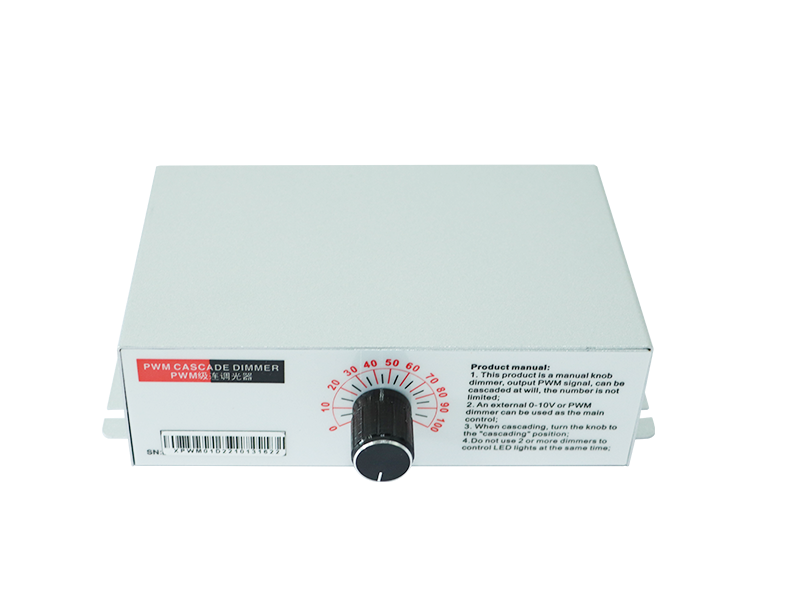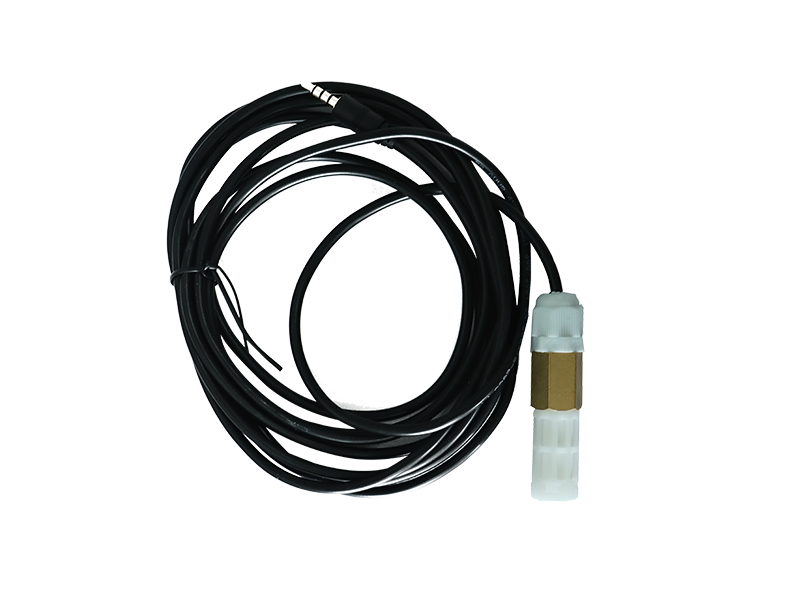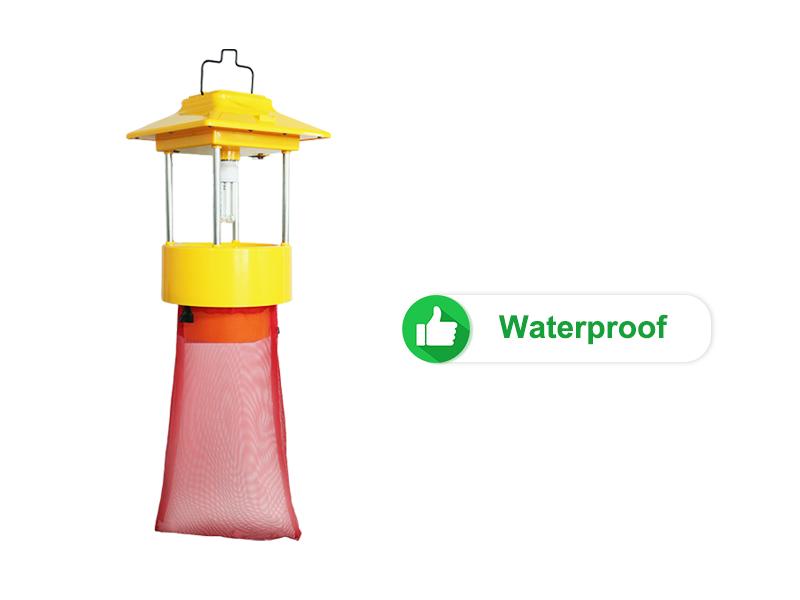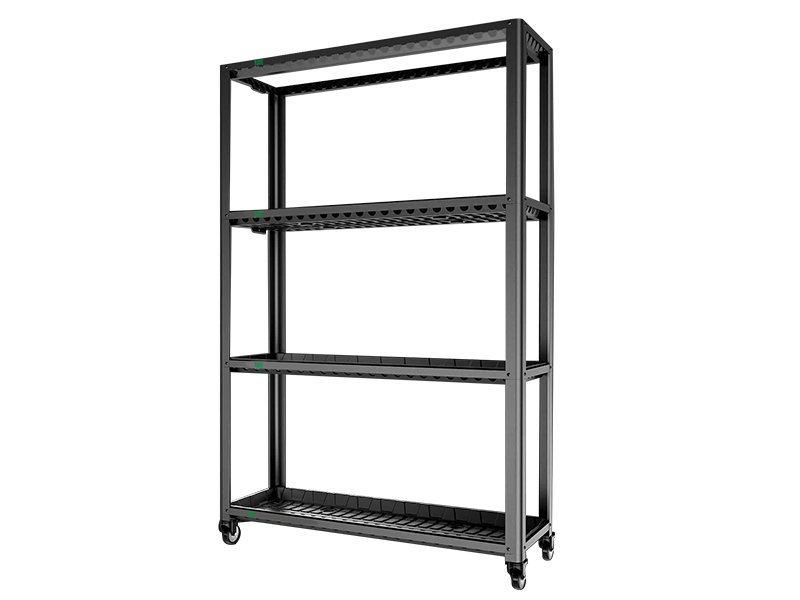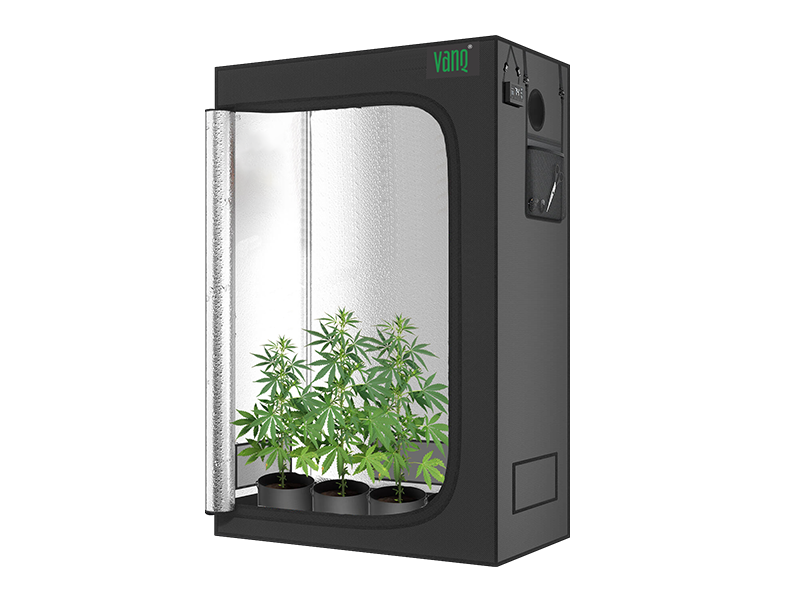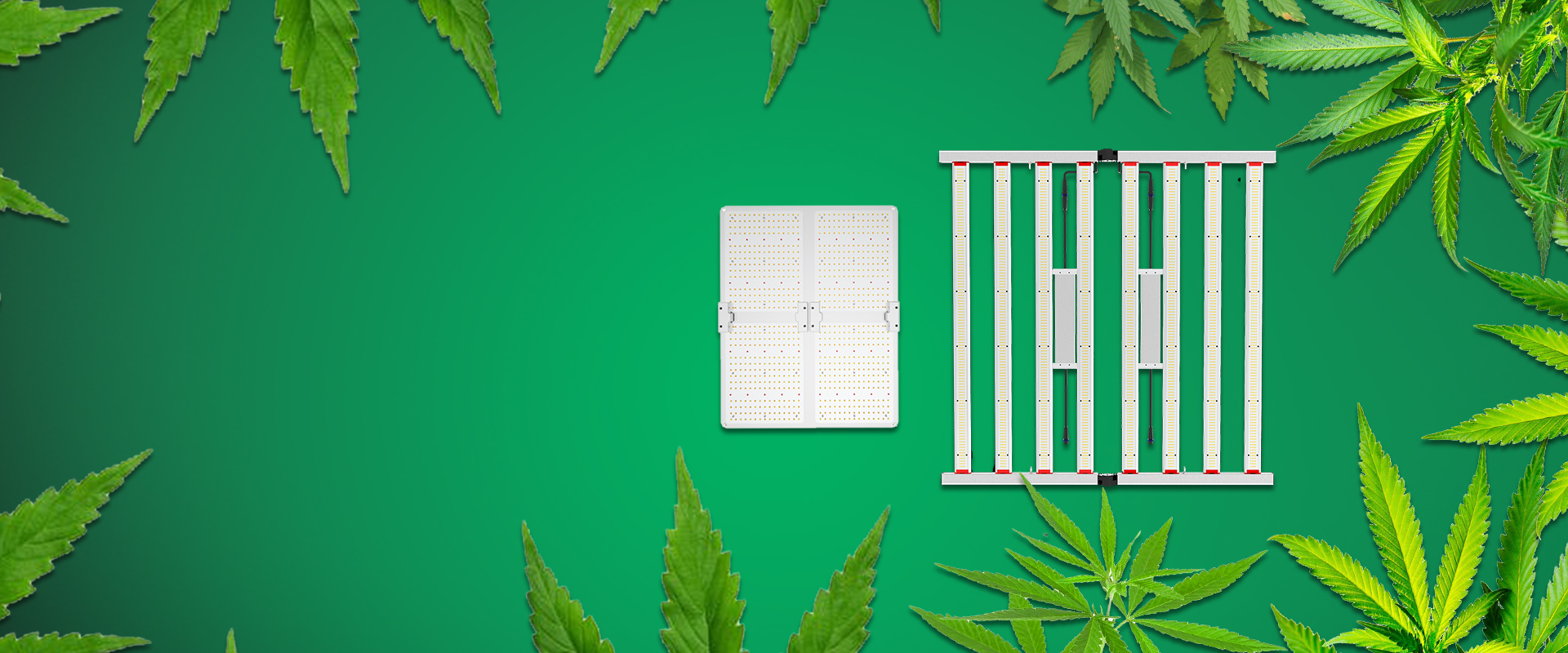Do succulents require sunlight?
Succulents are those plants whose leaves or stems are rich in moisture, characterized by their exceptional water storage capabilities, making them wellsuited for arid environments. They are often referred to as "lowmaintenance plants," a blessing for those who prefer minimal care.
Generally, all plants need adequate sunlight for photosynthesis and growth, and succulents are no exception!
Succulents that require high light intensity typically need at least 6 hours of sunlight each day, including:
Sedum morganianum
Cactus
Euphorbia lactea
Aloe vera
Kalanchoe blossfeldiana
Haworthia truncata
Haworthia cooperi
Echeveria spp
Succulents with moderate light requirements usually need about 46 hours of sunlight daily, such as:
Agave
Aloe vera
Crassula ovata
Crassula perforata
Echeveria 'Perle von Nurnberg'
Echeveria lilacina
Echeveria agavoides
Echeveria 'Black Prince'
Lowlight succulents require less than 4 hours of exposure to sunlight each day.
Snake Plant
Living Stones
Mother of Thousands
Rebutia muscula
Money Plant
Orostachys iwarenge
Ice Plant
Burro's Tail
Signs of insufficient sunlight in succulents:

Leaf thinning: The leaves start to become thin and lose their original plumpness.
Dull coloration: The previously vibrant green leaves begin to darken.
Leaf drop: Leaves start to yellow and fall, indicating poor overall health of the plant and a wilted appearance.
Signs of excessive sunlight in succulents:

Leaf burn: Yellow or brown spots begin to appear on the leaves, signaling that caution is required.
Faded color: The leaves start to lose their vibrancy, with tips becoming pale and this pallor extending gradually towards the leaf base.
Leaf discoloration: Leaves exhibit red or purple blotches, causing the entire leaf to take on a reddish hue.
Leaf brittleness: The leaves become fragile and prone to breakage at the slightest touch.
Optimal light conditions:
The ideal lighting for succulents is indirect light, which occurs when sunlight is filtered through windows or sheer fabric before reaching the plant. This provides ample illumination without excessive intensity, preventing burn damage from direct sunlight.
If indoor lighting conditions are suboptimal, consider utilizing specialized grow lights; LED lights effectively mimic natural sunlight, supplying the necessary illumination for succulent growth.
Best grow lights for succulents
VQGLT8W20——20w plant growth light
Is IP65 waterproof and suitable for various environments and weather conditions; it supports serial connection and can connect 20 devices, easily meeting largescale planting needs. The length can be customized to meet a variety of planting needs.
Specification
PPF:54umol/s
Efficacy:2.8umol/J
Weight:320g
Dimensions:1195mm L x 32mm W x 32mm D
IP Rating: IP65


